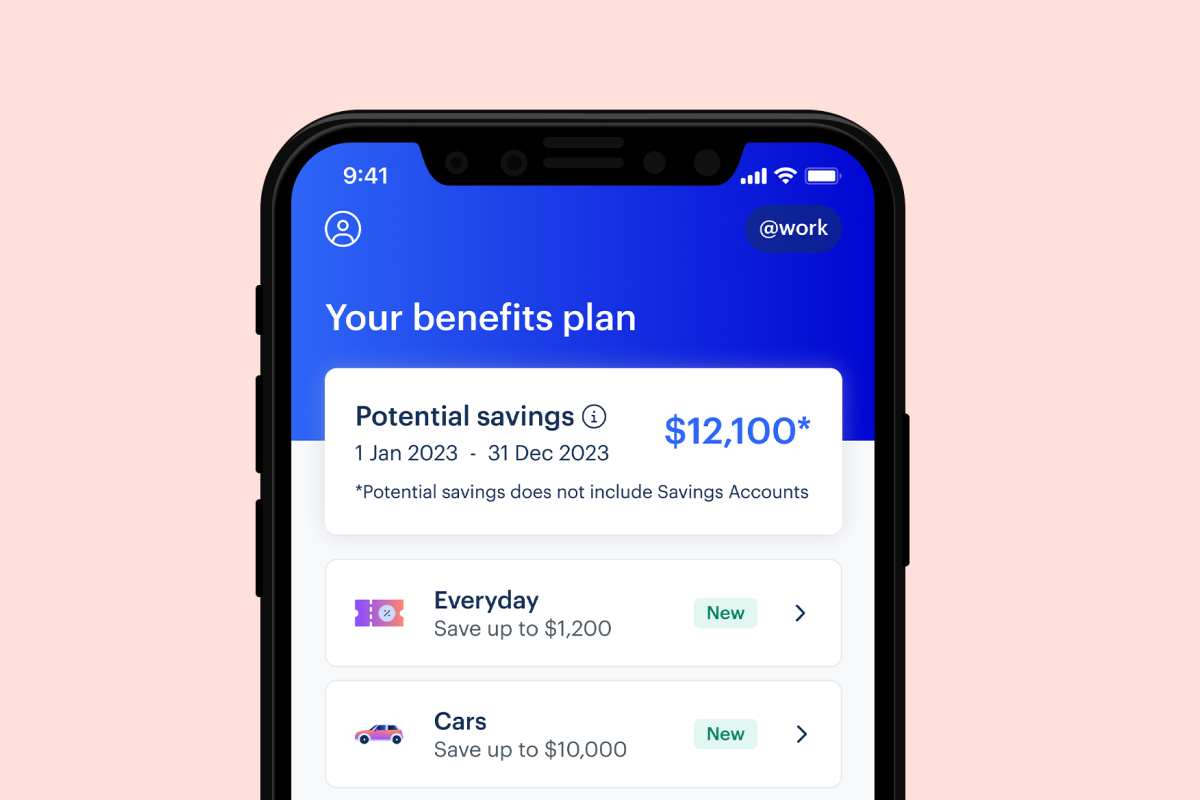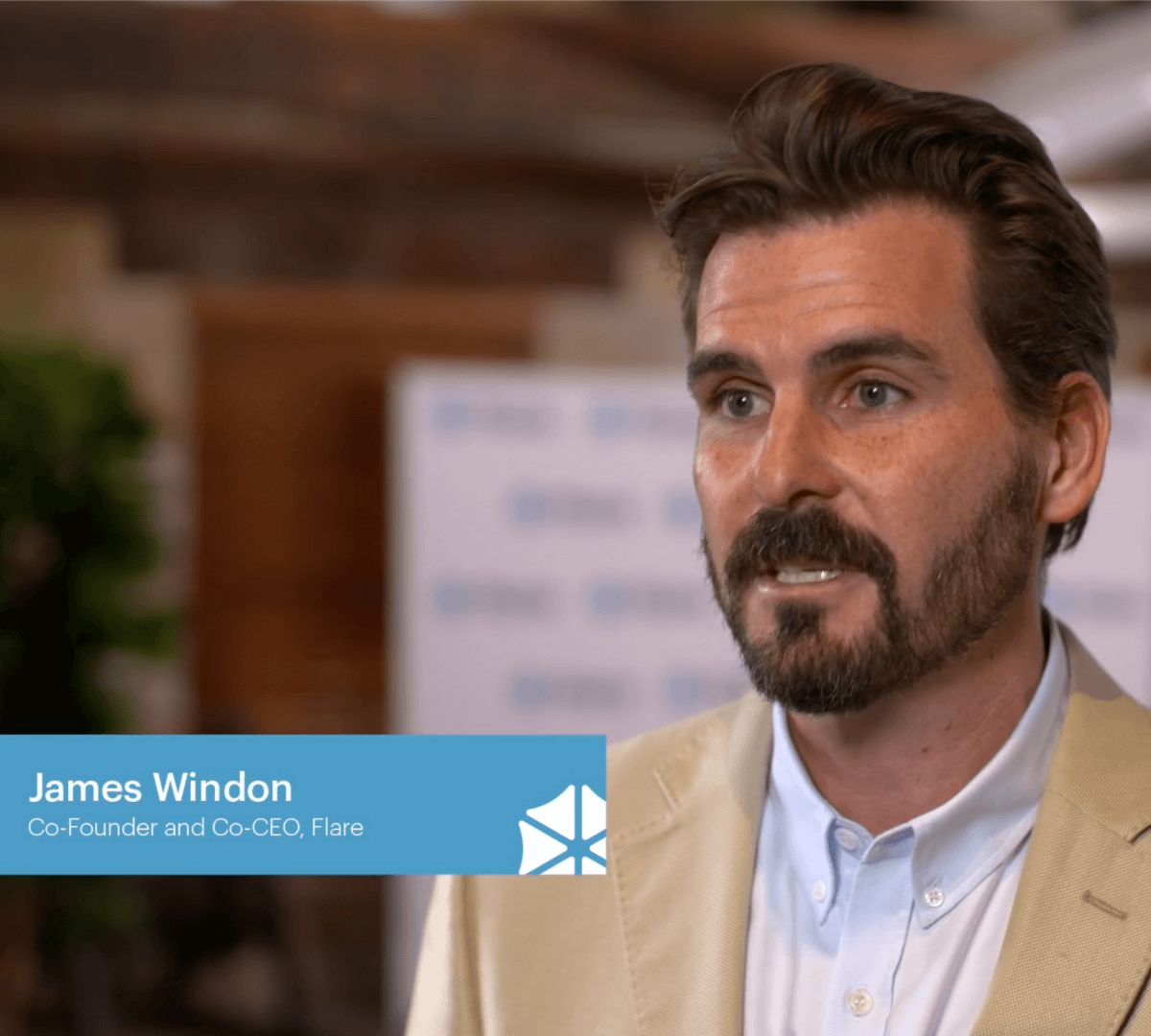When looking at employee retention trends, it’s critical to recognise that your HR department might not have any data on your employees. If they do, you might see the average retention rate for your company in the 40-60% range and you want to figure out if it’s more in the 60% range or the 40% range.
Keep in mind that it takes many, many rounds of layoffs or transfers to realize that these employees will leave your company – and if you can’t retain them, what incentive or reward are you going to give the ones who remain?
For example, if you hire a new recruiter but you only have 2 people from your past employees who are still employed, how can you expect to have any kind of success with your new hires?
I want you to meet the staff you already have – who are about to quit.
They came in super engaged. They came in with a million ideas. They came in with an absolute fire to achieve, and to play a part in your company’s future.
And now they’re tired. And they’re frustrated. They roll their eyes at new initiatives, and their defining quote is, “I’ll believe it when I see it.”
They’re good at their jobs, but they don’t care enough to be great.
They’re worn down, they’re worn out and they’re wearing out their welcome.
It’s not their fault. It’s not your fault. But it’s the result of a disengaged workforce who either haven’t been given the opportunity to be directly and positively engaged and fulfilled, or they haven’t been given the means.
If the company can’t offer a decent package of benefits to its employees, then the staff aren’t going to be pleased. And if a company can’t find a way to give employees the right information and make interacting with their managers and with the organisation easy, people are going to feel like they aren’t and cannot be heard.
The thing is, we always imagine the staff that are going to churn are the squeaky wheels.
But that’s not necessarily the case. The staff who are the noisiest are sometimes the ones who are the most secure, and the most comfortable, and the most likely to stick around. That’s why they’re the ones making the noise in the first place!
The staff who you don’t hear from, the staff who are quietly becoming more and more unhappy, are the ones who are actually in danger of throwing in the towel. And you might not even realise it until they’re long, long gone.
It’s not about waiting for these people to be frustrated enough to bail, and then trying to move the needle on a bunch of initiatives to stop the churn. That’s not going to be proactive, and you’ll lose good people along the way. The right time to be thinking about ways to make these quietly unhappy staff more comfortable is right now, before any of them pull the plug.
So what can you do?
- There’s no way you’ll regret having open and honest conversations with your staff, on a regular basis, to get a sense check of where they’re at. Up to a certain size of business, this works wonders. At Flare, our co-founders conduct regular one on one sessions with the staff just to keep their fingers on the pulse and maintain contact with the team!
- If you’re a business with thousands of employees, that’s not going to be as possible. Nobody can speak to that many folks, even if just conducting one on one sessions was their full time job. That’s where having more scalable options and programs comes in…
- We’re always going to be huge advocates of a good benefits platform and an amazing onboarding experience as the answer to questions of scale. For example, we encourage folks to use our onboarding system to re-onboard their current employees to get them back up to date with the company and give them a chance to be heard!
- Benefits are such a key part here; the right benefits program can do so much to engage your staff and make them feel like they’re a part of something supportive, qualitative and caring. It can mean the world to your folks if they feel like what they do matters enough to you to care about offering benefits that impact them outside of the workforce too!








